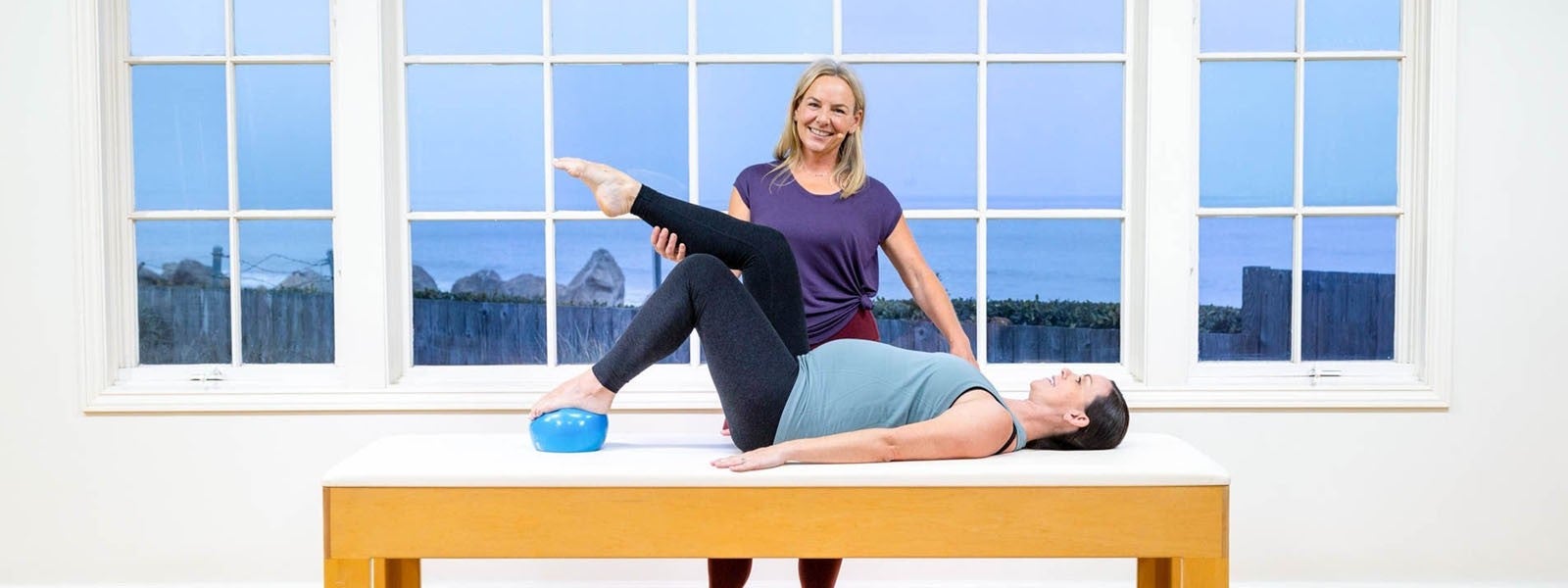
Benefits of Prenatal Pilates
Experts agree that as long as you get the green light from your doctor to work out while expecting, prenatal Pilates is one of the best forms of exercise you can do—and you should start as early in your pregnancy as possible. According to a 2017 study, Pilates is especially beneficial for the mother-to-be’s mental health, and for helping to decrease pregnancy-related aches and pains.
A Whole-Body Approach
Pilates Anytime teacher Courtney Miller, the San Diego–based owner of Pilates Republic and a mother of two, agrees. “Not only is Pilates completely safe during pregnancy for most women, it’s an intelligent, whole-body approach to conditioning. Pilates is one of the only exercise methods out there that will give you the muscle strengthening, the stretching and the breathwork you need,” she says.
"Being pregnant is a beautiful, life-altering, body changing experience," says Wendy Foster, founder of Mamalates and a pre/postnatal specialist for Pilates Anytime. Foster is passionate about sharing the safest, most effective movement for all stages of pregnancy. "Pilates is an excellent choice for this journey, because it gives you confidence in your mobility, strength, and stability," she adds.
The fundamental principles that underlie all of the work of the Pilates method also make it well-suited to pregnancy.
BREATHING
The first thing you're going to want to think about when you are pregnant is how you're breathing. You’ll want to employ Pilates breathing, or posterior lateral rib cage breathing: inhaling into the ribs and the sides of the body, and exhaling through the mouth. "That can help to expand the rib cage and stretch all those intercostal muscles that can get really tight during pregnancy to make space for baby," says Foster.
"We know that there’s a connection between breath and our emotional state," Miller explains. "The breath we teach in Pilates translates to daily life, to better coping with the emotional ups and downs, and the anxiety prenatal clients might experience."
And as Miller points out, the connection between the physical work of Pilates and breathing helps later on, too, with labor and delivery.
ALIGNMENT
Your overall alignment becomes top-of-mind during pregnancy, when your center of gravity changes due to the growing baby. Pilates is known for teaching good postural habits and improving body awareness while sitting, standing, or moving. For example, learning what it feels like to have your ears right in line with your shoulders, your shoulders in line with your rib cage, and your ribs stacked on top of your hips can help to decrease back, hip, and shoulder pain.
STABILITY
“It's so important to move with stability while you're moving through your life, but also while you're exercising and working out,” says Foster. "The goal during pregnancy isn't to try and touch your toes, or increase your flexibility. You have a lot of relaxin flowing through your body, the hormone helps expand your pelvis to prepare for labor and delivery,"she adds.
The goal is to stay stable, and strong, and connected to your core. Paying attention to your range of motion during your Pilates workout is key. "We need to be mindful of range of motion and over-stretching because mom’s ligaments are a little more sensitive," says Miller.
MOBILITY
It's important to stay mobile through your entire spine and body during your pregnancy. Pilates movements work the spine in flexion, extension, lateral bending, and rotation (that last one in a limited range during pregnancy). This emphasis on spinal mobility can help prevent all kinds of discomfort during pregnancy and postpartum.
BALANCE
Pilates is all about creating a balanced body, something that’s especially important when navigating a growing bump. One of Miller’s favorite spots to work on to promote symmetry and balance? The glutes.
"As your uterus expands and your pelvis starts to compensate by moving anteriorly [at the front of the body], the hamstrings and glutes lengthen and can weaken," she explains. "By strengthening the glutes, we create more support in the posterior chain [back body]."
MODIFICATIONS
"My number-one rule with pregnant clients is that they let go of the ego and listen to their body," says Miller. "This is the time to let that competitive attitude go, and learn to become connected to your body and listen to your intuition. If you feel nauseous lying on your back, then don’t do it. If you’re feeling fatigued, don’t push yourself. I stopped doing supine work [lying on the back] after my first trimester, but did prone exercises [on the stomach] into the early part my third trimester because it didn’t bother me."
PROPS
Some small props can make almost any Pilates exercise more accessible during pregnancy, notes Foster.
- Overball: You can use this fully inflated or almost deflated to provide support during your pregnancy. Foster suggests using a partially deflated ball while sitting at a desk or even while driving to help with that pelvic mobility and pelvic alignment during pregnancy. The fully inflated version can help you engage your inner thighs, which can help strengthen the pelvic floor.
- Foam Roller: "I like to start every single exercise workout that I do with the Foam Roller to get me into my ideal alignment. And during pregnancy, this can be really beneficial as well," says Foster. Miller likes working with support props, such as the foam roller, especially during rotation. One of her favorite modified Pilates exercises is placing a prop behind the body on the Reformer during Footwork.
- Theraband: The American Congress of Obstetricians and Gynecologists recommends using a Theraband during pregnancy. "It's great for building strength and it's safe as well," says Foster, who recommends investing in a medium-strength resistance band.
- Stability ball: A Swiss Ball, or stability ball, is something every mom-to-be and new moms should have somewhere in their home, says Foster. During pregnancy, it can help with spinal decompression. Simply sitting or gently bouncing on the ball is helpful because you’ll have to activate your core to stay on the ball.
- Magic Circle: The Magic Circle is great for developing the upper body strength that you're going to need to carry, lift, and hold your new baby. It’s useful for improving inner and outer thigh strength, which is crucial for pelvic floor engagement and pelvic floor alignment.
So what’s the difference between prenatal Pilates and “regular” Pilates? Miller doesn’t see much of one. "My approach is that the prenatal client isn’t delicate or injured—they’re very strong and capable," she says.
Bottom line: Pilates empowers you to do what works for you. And that’s a beautiful thing during pregnancy–and beyond.
Comments
No comments yet. Be the first!





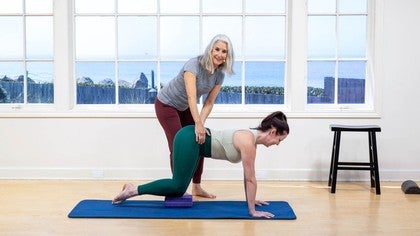
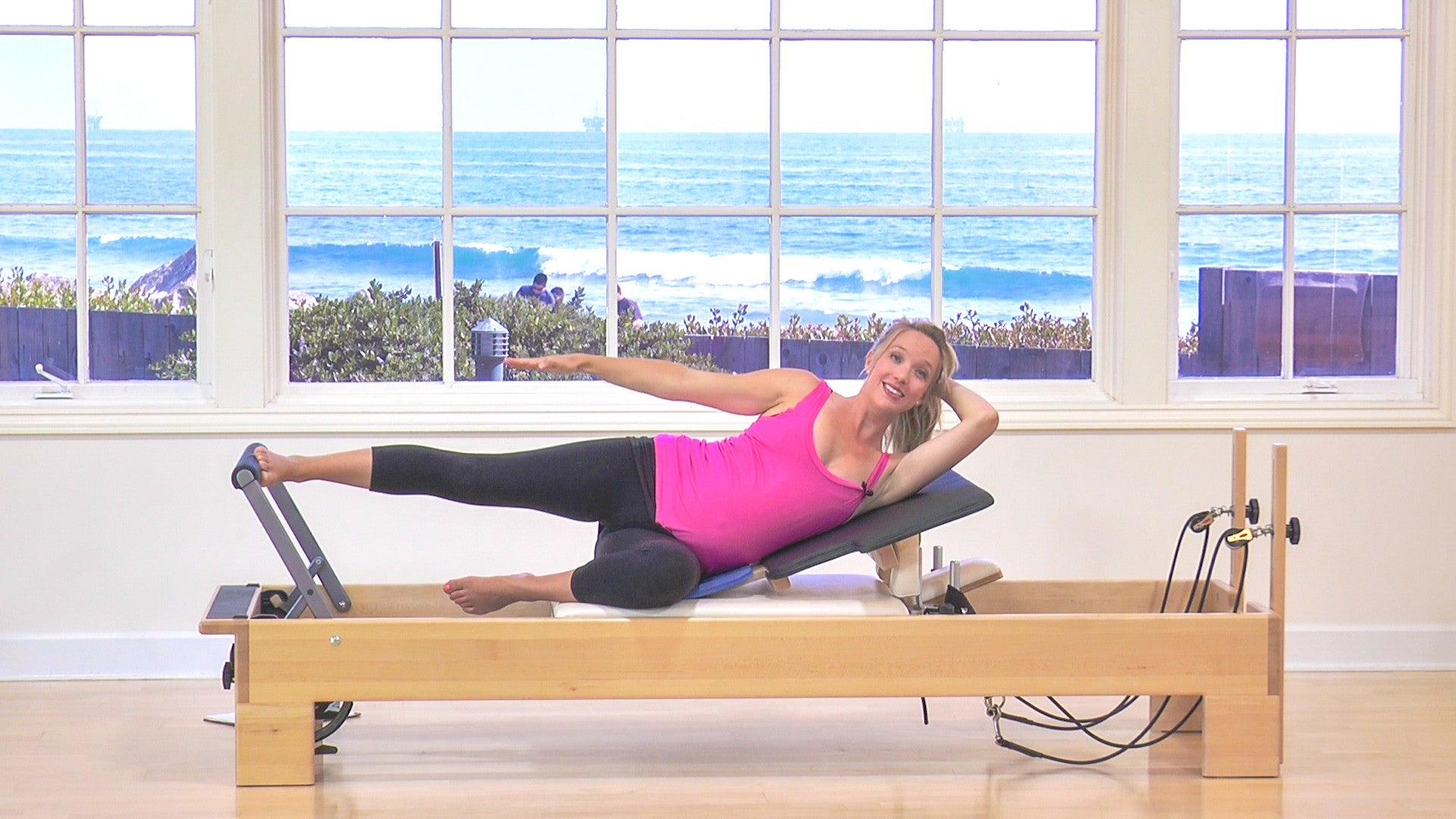
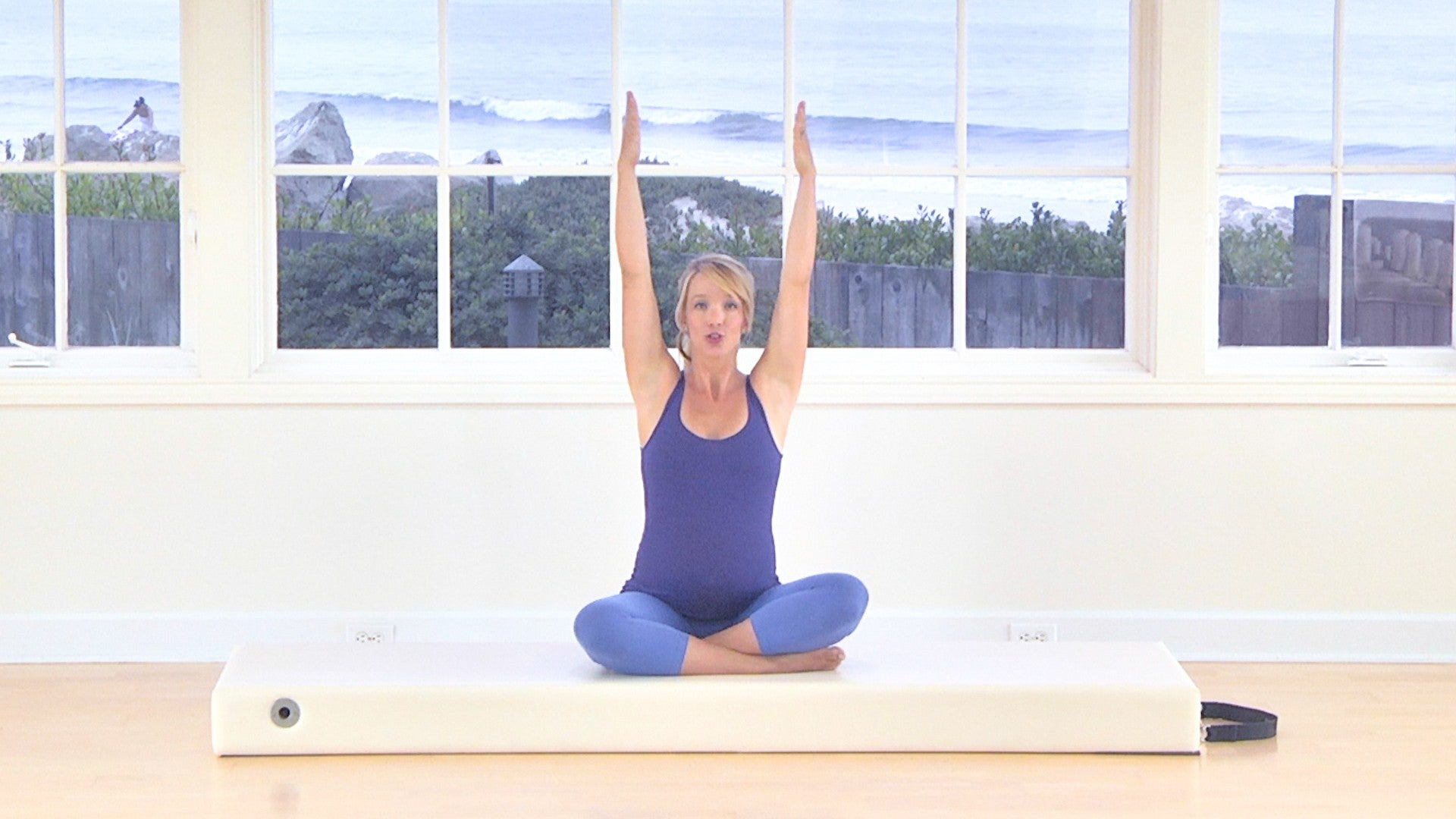
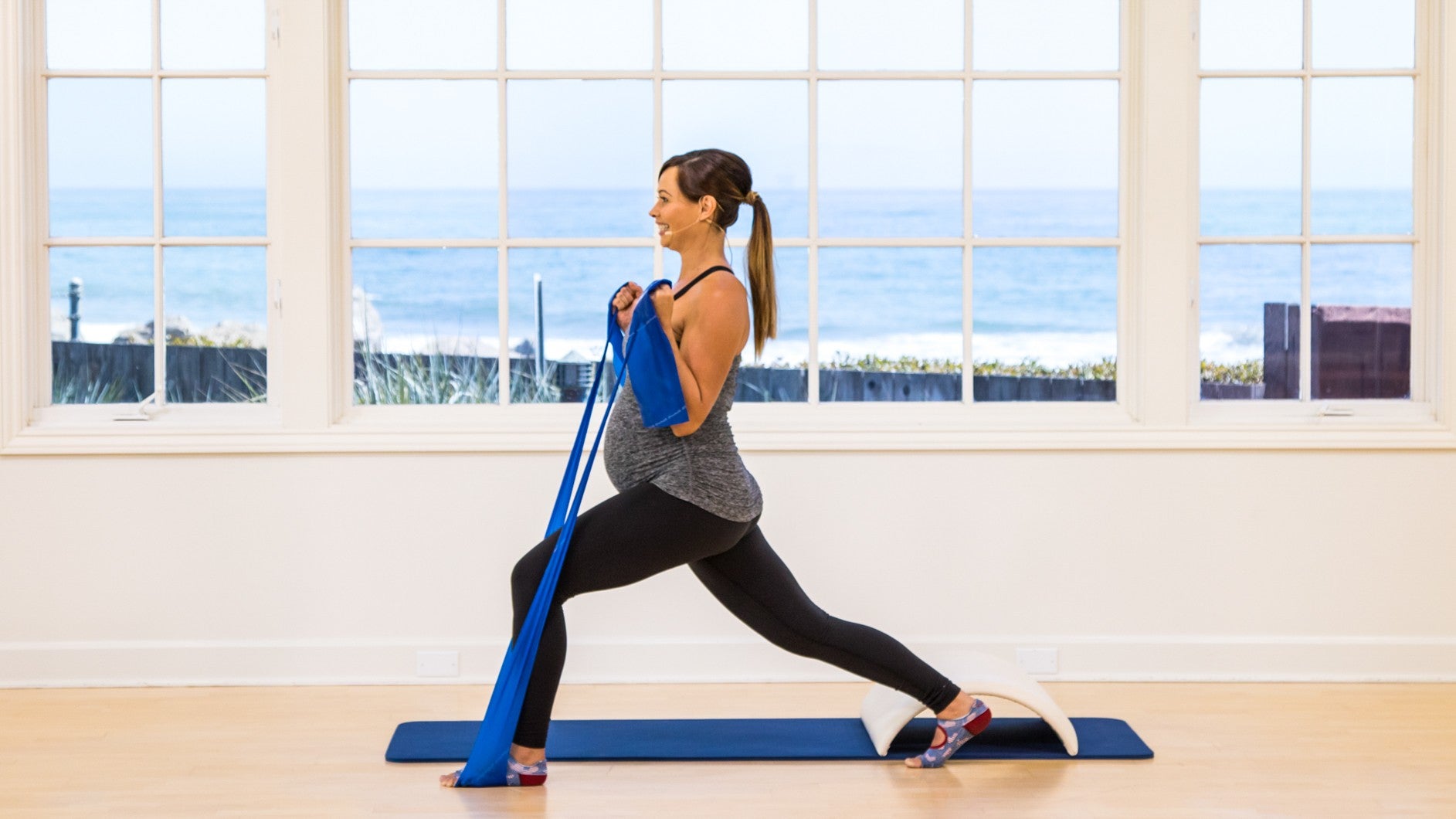
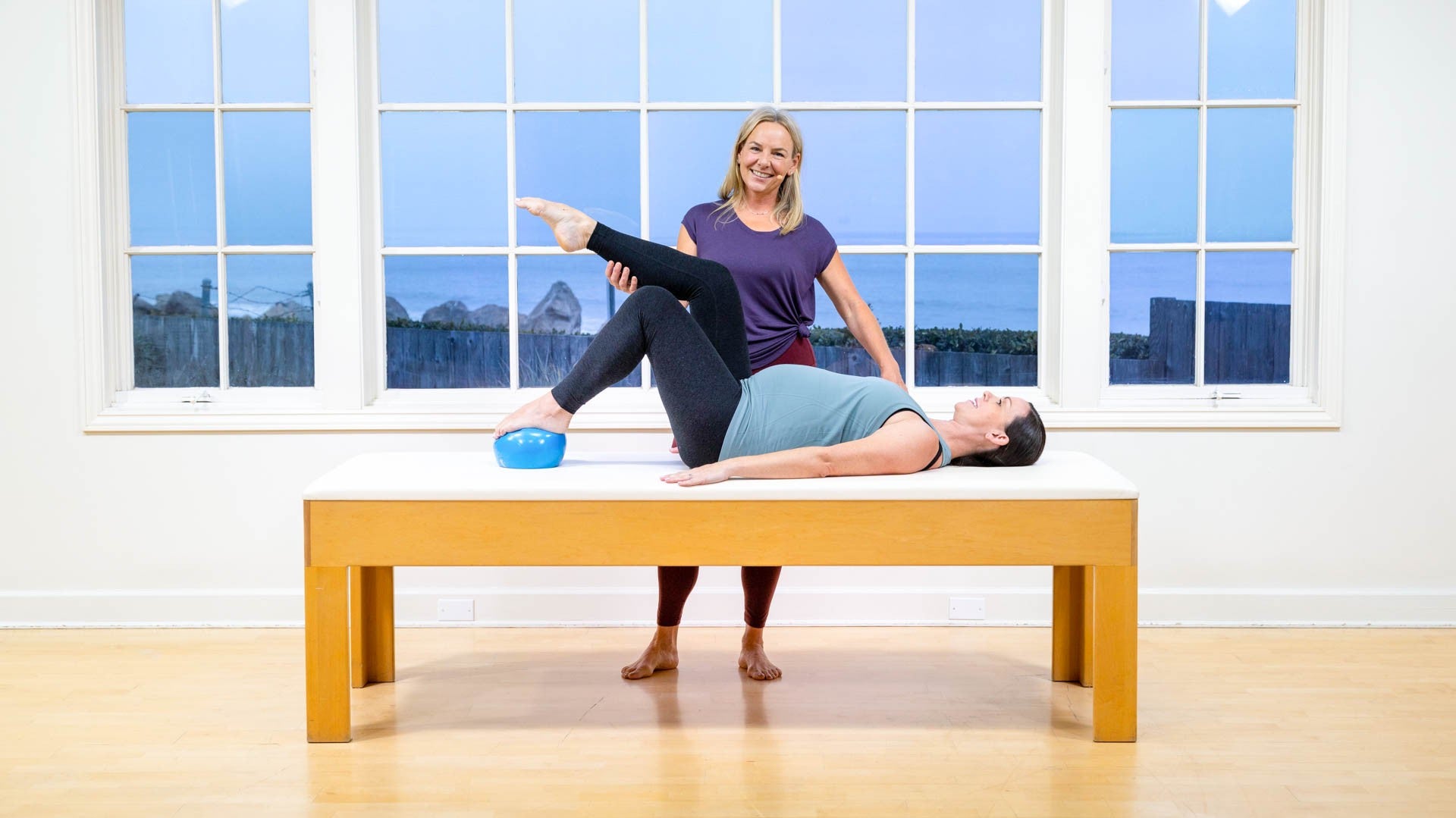



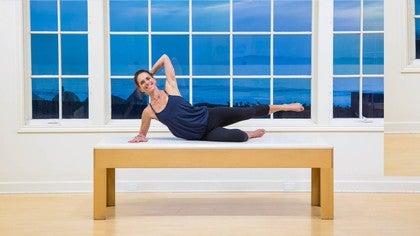
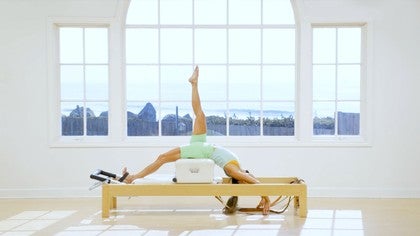






You need to be a subscriber to post a comment.
Please Log In or Create an Account to start your free trial.